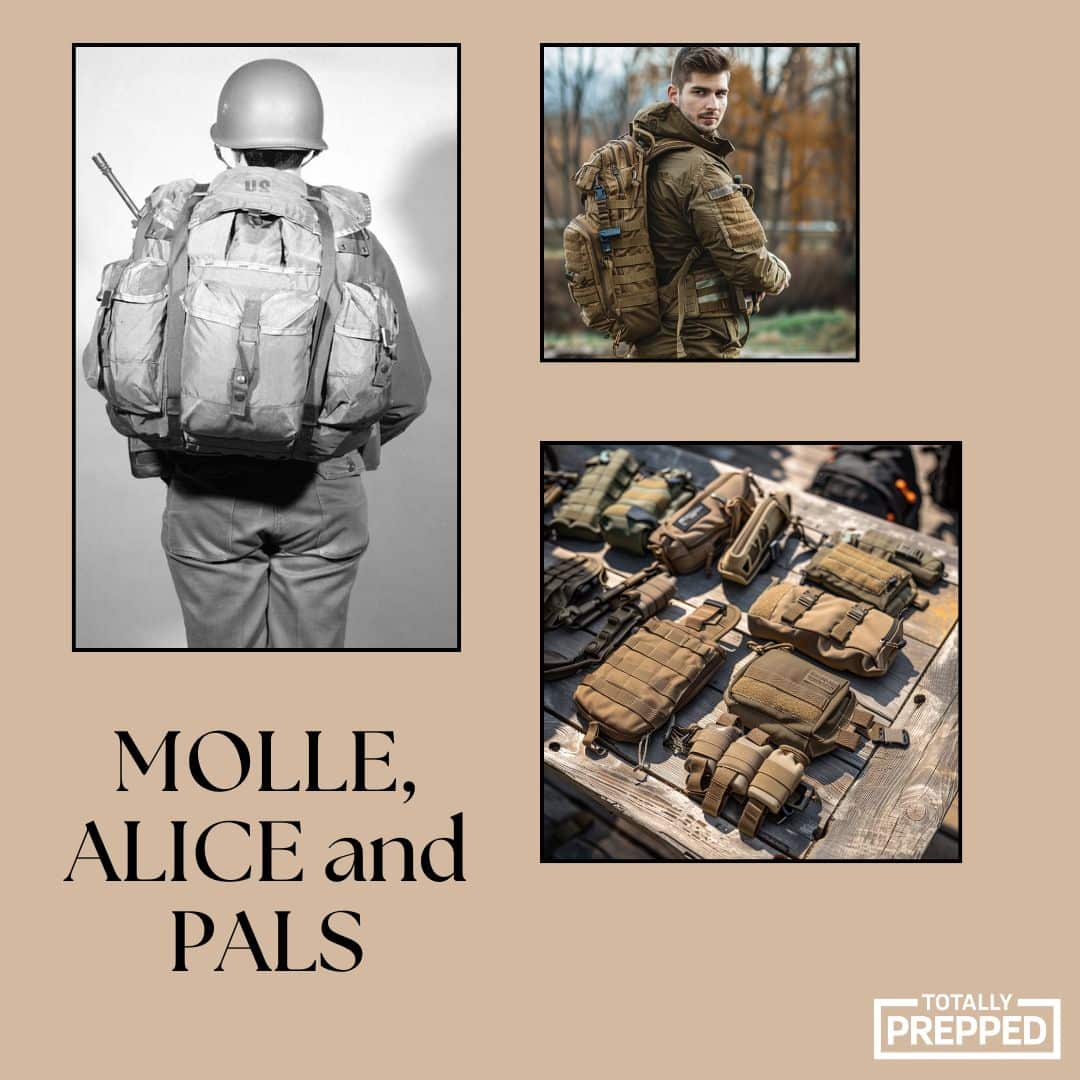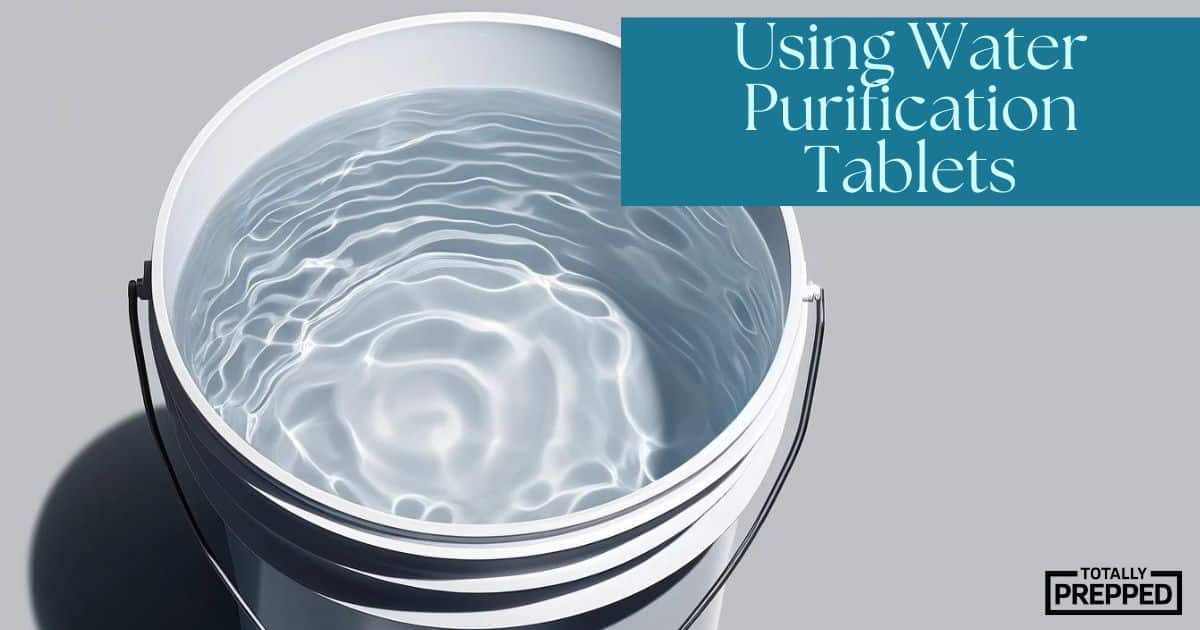Water purification tablets are a simple and effective way to make water safe for drinking by eliminating harmful bacteria, viruses, and other contaminants. These tablets typically contain one or more chemical agents that disinfect and purify water, making it suitable for consumption. The most common chemical agents found in water purification tablets include chlorine dioxide, sodium dichloroisocyanurate (NaDCC), and iodine.
How Water Purification Tablets Work
Regardless of the specific chemical agent used, water purification tablets are typically added to a specified volume of water in a container, such as a water bottle or hydration bladder. The tablets dissolve quickly, releasing the disinfectant into the water, where it begins to work immediately. The water is then left to sit for a designated contact time, typically ranging from 30 minutes to several hours, depending on the tablet’s instructions and water temperature.
During this contact time, the disinfectant works to kill any harmful microorganisms present in the water, ensuring that it is safe for consumption. After the designated contact time has elapsed, the water is considered purified and can be safely consumed or used for cooking, cleaning, and other purposes.
It’s important to note that while water purification tablets are highly effective at killing most pathogens, they may not remove certain chemical contaminants, heavy metals, or sediment from the water. In situations where water quality is questionable or known to be contaminated with chemical pollutants, additional filtration or treatment methods may be necessary to ensure safe drinking water.
Types of Water Purification Tablets
Chlorine Dioxide
Chlorine dioxide is a powerful oxidizing agent that kills bacteria, viruses, and protozoa by disrupting their cell membranes and inhibiting their ability to reproduce. When added to water, chlorine dioxide tablets release chlorine dioxide gas, which dissolves into the water and effectively disinfects it. Chlorine dioxide is highly effective against a wide range of pathogens and is commonly used in water treatment facilities and emergency preparedness kits.
Sodium Dichloroisocyanurate (NaDCC)
NaDCC is a chlorine-based compound that releases hypochlorous acid when dissolved in water. Hypochlorous acid is a potent disinfectant that kills bacteria, viruses, and other microorganisms by destroying their cell walls and proteins. NaDCC tablets are particularly popular for their long shelf life and stability, making them a convenient option for emergency water purification.
Iodine
Iodine is a halogen compound that kills bacteria, viruses, and protozoa by interfering with their cellular functions and DNA synthesis. When iodine tablets are added to water, they release iodine ions, which penetrate microbial cell walls and disrupt essential metabolic processes, ultimately leading to their death. Iodine-based water purification tablets are effective against a wide range of pathogens but may impart a slightly unpleasant taste and color to the treated water.


